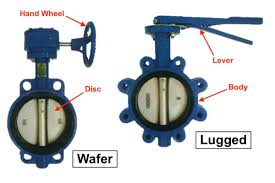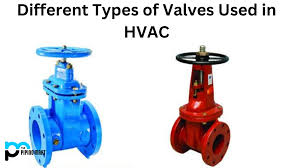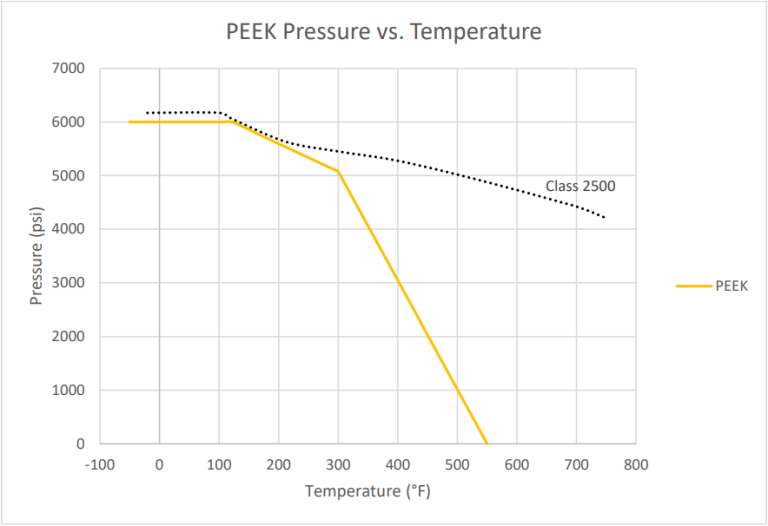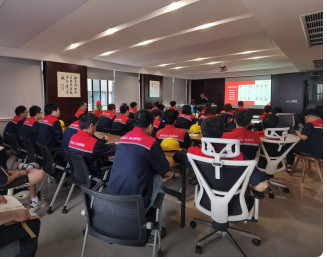Hvac Valves Types

The Application of Hvac Valves
Introducing Rotork HVAC Valves, setting the benchmark for HVAC systems. These valves play a pivotal role, functioning as reliable components for various applications, including the essential isolation valve for shower setups. Strategically placed at the shower isolating valve location, they ensure efficient control over water flow, enhancing system performance and longevity. Whether it’s regulating water supply or managing temperature control, HVAC valves by Rotork deliver precision and reliability. With their advanced engineering and robust construction, they offer unmatched versatility and adaptability, catering to diverse HVAC needs. From commercial buildings to residential complexes, Rotork HVAC Valves provide seamless operation and optimal comfort, making them the go-to choice for HVAC professionals worldwide.
What Are The Types Of Hvac Valves?
- Ball Valves: These valves feature a spherical ball with a hole through its center that controls the flow of fluid. They offer excellent shut-off capabilities and are commonly used for on/off control in HVAC systems.
- Butterfly Valves: Butterfly valves consist of a disc mounted on a rotating shaft. When the valve is open, the disc rotates perpendicular to the flow, allowing fluid to pass through. They are suitable for large flow applications and offer low-pressure drop.
- Globe Valves: Globe valves have a globe-shaped body and a movable disc or plug that regulates flow by moving up and down against the flow path. They provide accurate control of flow rate and are commonly used for throttling applications in HVAC systems.
- Check Valves: Check valves allow fluid to flow in only one direction and prevent backflow. They are often installed in HVAC systems to prevent reverse flow and protect equipment from damage.
- Zone Valves: Zone valves control the flow of water or steam to different zones or areas within an HVAC system. They are typically used in hydronic heating systems to regulate temperature in specific zones.
- Pressure-Independent Control Valves (PICVs): PICVs combine the functions of control valves and balancing valves. They automatically adjust flow rates to maintain a constant differential pressure across the valve, ensuring precise control of flow and temperature in HVAC systems.
What Is Hvac Valves?
HVAC valves are essential components in heating, ventilation, and air conditioning systems. They regulate the flow of fluids, such as water or refrigerant, controlling temperature, pressure, and distribution within the system. HVAC valves play a crucial role in maintaining comfort, energy efficiency, and optimal performance in buildings and industrial facilities by ensuring precise control over heating, cooling, and ventilation processes.
How Does Hvac Valves work?
HVAC valves operate by controlling the flow of fluids within heating, ventilation, and air conditioning systems. They use various mechanisms such as ball, butterfly, or globe designs to regulate flow rates, temperature, and pressure. When the system requires heating or cooling, the valves adjust accordingly to allow the appropriate amount of fluid to flow through the system, ensuring optimal comfort and energy efficiency.
Features of Hvac Valves
- Versatility: HVAC valves are available in a variety of types and sizes, catering to diverse system requirements and applications.
- Precise Control: Equipped with advanced mechanisms, these valves offer precise regulation of fluid flow, temperature, and pressure, ensuring optimal system performance.
- Durability: Constructed from high-quality materials, such as stainless steel or brass, HVAC valves are durable and resistant to corrosion, extending their lifespan.
- Energy Efficiency: Designed for efficient operation, these valves help minimize energy consumption by precisely controlling heating, cooling, and ventilation processes.
- Ease of Installation: Featuring user-friendly designs and standardized fittings, HVAC valves are easy to install and integrate into existing systems, reducing installation time and costs.
- Reliability: With robust construction and quality craftsmanship, HVAC valves provide reliable performance, minimizing downtime and maintenance requirements.
- Adaptability: Suitable for a wide range of HVAC applications, including heating, cooling, and ventilation systems in residential, commercial, and industrial settings.
Advantages of Hvac Valves
- Optimized Performance: HVAC valves enable precise control over fluid flow, temperature, and pressure, leading to optimized system performance and efficiency.
- Energy Savings: By regulating the flow of heating or cooling fluids, HVAC valves help minimize energy consumption, resulting in lower utility costs and improved sustainability.
- Comfort Control: These valves allow for precise adjustment of heating, cooling, and ventilation parameters, ensuring optimal comfort levels within indoor spaces.
- Equipment Protection: By preventing overflows, backflows, and pressure surges, HVAC valves help protect system components from damage, extending their lifespan and reducing maintenance costs.
- Customization: With a variety of valve types and sizes available, HVAC systems can be customized to meet specific requirements, providing flexibility in system design and installation.
- Reliability: Built with durable materials and precision engineering, HVAC valves offer reliable performance under various operating conditions, minimizing downtime and enhancing system reliability.

The Specifications of Hvac Valves
| Specification | Details |
|---|---|
| Type | Various types available (e.g., ball, butterfly, globe) |
| Ball Material | Stainless steel, brass, or other corrosion-resistant material |
| Attachment Type | Flanged, threaded, soldered, or compression fittings |
| Thread Standard | ANSI, BSPP, NPT, or DIN standards |
| Thread Size | Various sizes available, typically ranging from 1/4″ to 2″ |
| Body Material | Stainless steel, brass, or other durable material |
| Safe for Use With | Water, refrigerants, air, or other compatible fluids |
| Handle Type | Lever, handwheel, or actuator |
| Handle Material | Steel, aluminum, or other durable material |
| Maximum Working Pressure (psi) | Depending on valve type and size, typically ranging from 150 psi to 600 psi |
| Maximum Working Pressure (bar) | Depending on valve type and size, typically ranging from 10 bar to 40 bar |
| Operating Pressure | Varies based on system requirements and valve specifications |
The Parameter of Hvac Valves
- Type: HVAC valves come in various types, including ball, butterfly, and globe valves, each serving different purposes within HVAC systems.
- Ball Material: Typically constructed from stainless steel, brass, or other corrosion-resistant materials to ensure durability and longevity.
- Attachment Type: Available with various attachment types such as flanged, threaded, soldered, or compression fittings, allowing for versatile installation options.
- Thread Standard: Adheres to industry standards such as ANSI, BSPP, NPT, or DIN, ensuring compatibility with other system components.
- Thread Size: Offered in a range of sizes typically from 1/4″ to 2″, accommodating different system requirements and flow rates.
- Body Material: Constructed from stainless steel, brass, or other durable materials to withstand the rigors of HVAC applications.
- Safe for Use With: Designed to handle water, refrigerants, air, or other compatible fluids commonly used in HVAC systems.
- Handle Type: Equipped with levers, handwheels, or actuators for manual or automated operation, providing flexibility in control.
- Handle Material: Made from steel, aluminum, or other sturdy materials to ensure smooth and reliable operation.
- Maximum Working Pressure (psi): Capable of withstanding pressures ranging from 150 psi to 600 psi, depending on the valve type and size.
- Maximum Working Pressure (bar): Able to handle pressures ranging from 10 bar to 40 bar, depending on the valve type and size.
- Operating Pressure: Operating pressure varies based on system requirements and valve specifications, ensuring optimal performance and efficiency.
The Operation Theory of Hvac Valves
The operation theory of HVAC valves revolves around regulating the flow of fluids within heating, ventilation, and air conditioning systems. Much like an isolation valve shower, these valves control the flow of water or other fluids to specific components or zones within the HVAC system. For instance, a 15mm shower isolation valve may be used to regulate the flow of water to a showerhead. The valves utilize various mechanisms such as ball, butterfly, or globe designs to adjust flow rates, temperature, and pressure as needed. By opening, closing, or modulating the valve, users can precisely control the flow of fluids, ensuring optimal comfort and efficiency in HVAC operations.
The Parameters Table of Hvac Valves
| ParameterDetailsTypeVarious types available (e.g., ball, butterfly, globe)Ball MaterialStainless steel, brass, or other corrosion-resistant materialStem MaterialStainless steel or other durable materialBody MaterialStainless steel, brass, or other durable materialSeat MaterialPTFE, EPDM, or other resilient materialSeal MaterialPTFE, EPDM, or other resilient materialHandle MaterialSteel, aluminum, or other durable materialAttachment TypeFlanged, threaded, soldered, or compression fittingsMaximum Working Pressure (psi)Depending on valve type and size, typically ranging from 150 psi to 600 psiMaximum Working Pressure (bar)Depending on valve type and size, typically ranging from 10 bar to 40 bar |
|---|

